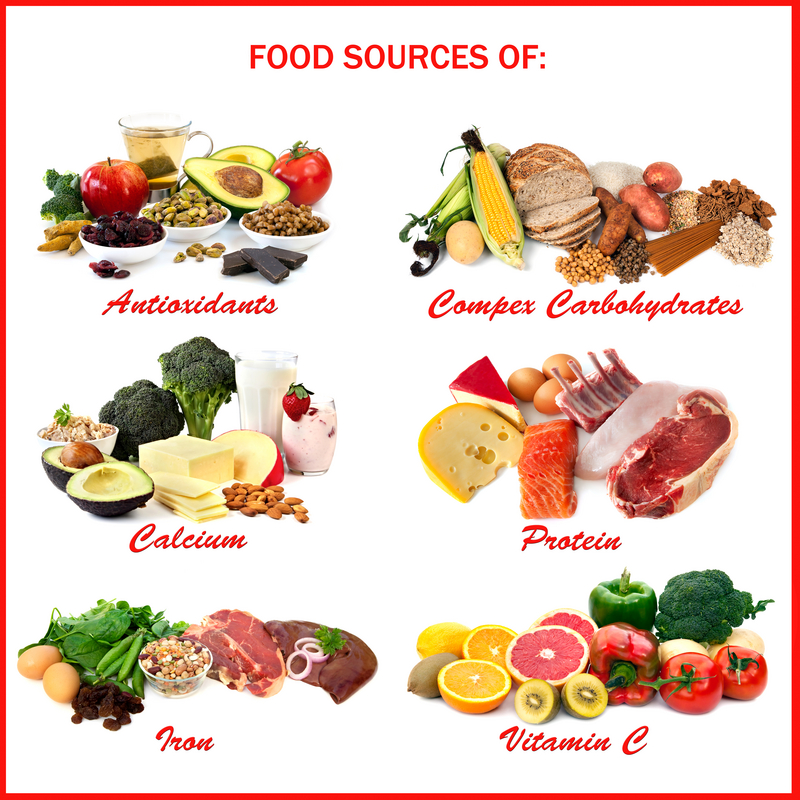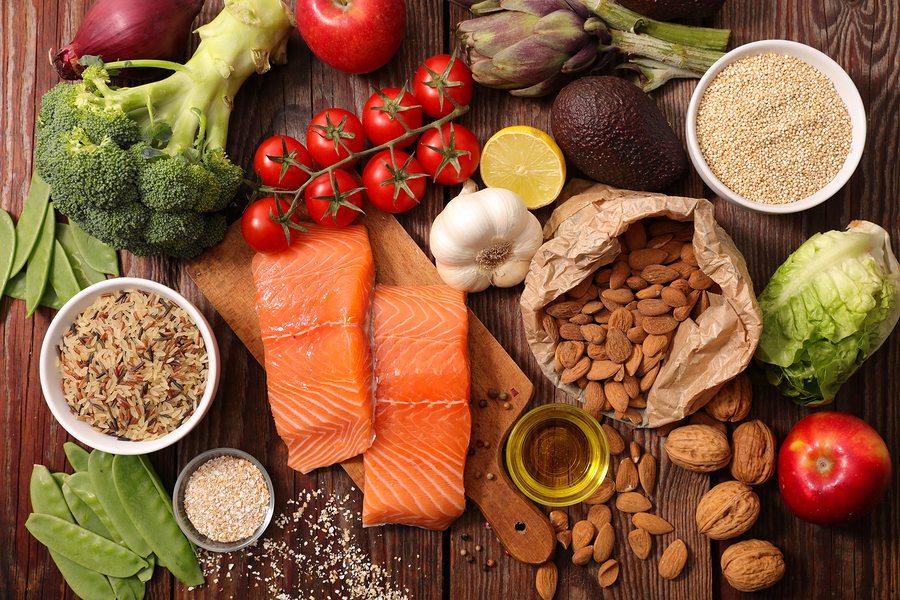
Diabetic can find a wide variety of foods, so it is important that you choose healthy foods that suit your lifestyle and individual needs. Controlling blood sugar levels requires a balanced diet. Legumes contain high amounts of protein, fiber, high-quality carbohydrates, and both high-quality and low-calorie carbohydrate. Soluble fiber helps stabilize blood sugar levels and curbs hunger. Recent research found that eating legumes decreased type 2 diabetes risk and helped to control blood sugar levels.
As a low-carb food, avocados are a great choice for diabetics. Avocados are high in healthy fiber and healthy healthy fats. Walnuts are especially good for diabetics because they contain high amounts of omega-3s. It is important that you only consume one serving of walnuts. Chickpeas are a legume rich in protein and fiber. Because they are high in dietary fibre, they are a great source of protein as well as being a healthy snack.
While many people don't like spinach's taste, the beta-carotene in pumpkins can be converted to essential vitamin A. If you can't eat the skin, try mixing them with other vegetables for added fiber. They can be cooked in a recipe and then served as part a meal. You can add a spoonful of quinoa to your favorite soup or smoothie for an extra boost in protein.

Greek yogurt is also suitable for diabetics. A portion of this starchy vegetable is only six to eight grams, so it is a safe choice for a snack or breakfast. You should always read the label to ensure that there are no added sugars. Fruit can be eaten in moderation. Flax seeds are rich in lignans which can help increase insulin sensitivity and lower the risk of developing heart disease.
In addition to lean protein, sweet potatoes are also high in fiber and potassium. They can be cooked or eaten as a snack. Despite being high in carbs, sweet potatoes are low in sugar and are ideal side dishes for lean protein and vegetables. They are also an excellent source of magnesium, which helps lower your risk of stroke and lowers your risk of developing diabetes. They are therefore the best food for diabetics.
A variety of fruits and vegetables are high in antioxidants and are a good source of fiber. They can be used in salads and smoothies and are low in glycemic index. Greek yogurt is also an option for salads and yogurts. You can even add them to your favorite yogurt. They can also be used to make smoothies. When preparing fruit for salads, you can use them to enhance the taste of your desserts.
Diabetic diets have to be balanced. Ideally, the best foods for diabetics should be low in sugar, but not in saturated fats, or trans fats. They should be rich not only in fat but also high in fiber, protein, fiber, and other nutrients. A diabetic diet should include whole grains as well as fruits and vegetables. Healthy fats should also be part of the diet. You can get the benefits of these foods from these sources.

For diabetics, a healthy diet includes lots of fruits and veggies. Organic, fresh, and ripe fruit and vegetables are the best. Low-calorie foods should be considered the best food for diabetics. There are many options for incorporating fruits and veggies into your daily schedule. For instance, you could eat nuts every morning. These can be tasty and healthy options for diabetics. For diabetes prevention, you need to be aware of your sugar intake.
Greek yogurt is another option for diabetics. It is rich in fiber and contains very few carbohydrates. It can be eaten either as a snack and as a dish. It also helps to include a wide variety of whole grains. They are high in fiber and low-calorie foods. Whole-grain breads are a good choice for diabetics due to their low sugar content. These breads and pastas are also a good source of fiber.
FAQ
What are 7 tips for a healthy and happy life?
-
Be healthy
-
Exercise regularly
-
Sleep well
-
Get plenty of water.
-
Get enough rest
-
Be happy
-
Smile often
Is being cold bad for your immune system?
It is said that there are 2 types of people: those who love winter (and those who hate it). It doesn't matter if you love it or not, it is possible to wonder why it makes you feel so miserable when it gets cold outside.
The reason is simple: Our bodies are made to function well in warm temperatures. Because of this, our bodies evolved to thrive and survive in hot climates.
Today's environment is vastly different from the one our ancestors experienced. We spend more time indoors and are often exposed to extreme temperatures (cold or heat) and eat processed foods rather than fresh.
Our bodies aren’t accustomed to such extremes. This means that we feel tired, sluggish and even sick when we venture outside.
However, there are ways to counter these effects. You can combat these effects by making sure you are well-hydrated all day. You can help flush toxins out of your body by drinking plenty of water.
Also, ensure you eat healthy food. The best way to maintain your body's optimal temperature is by eating nutritious food. This is especially helpful for people who spend a lot of time indoors.
You can also meditate for a few minutes every day. Meditation is a great way to relax your body and mind. It makes it easier for you to cope with stress and illness.
What are 10 healthy behaviors?
-
Eat breakfast every day.
-
Don't skip meals.
-
Eat a balanced, healthy diet.
-
Drink lots of water.
-
Take care to your body.
-
Get enough sleep.
-
Avoid junk food.
-
Daily exercise
-
Have fun!
-
Make new friends
How do I get enough vitamins for my body?
You can get most of the daily nutrients you need through your diet. Supplements are available if you are deficient. A multivitamin supplement can provide all the vitamins you require. You can also get individual vitamins from your local pharmacy.
Talk to your doctor if you have concerns about your nutritional intake. The best sources of vitamins K, E, and C are found in dark green leafy veggies such as spinach and broccoli, kale.
Ask your doctor if you're not sure how many vitamins you should take. The doctor will determine the proper dosage based upon your medical history as well as your current health.
What's the difference between fat or sugar?
Fat is an energy source that comes from food. Sugar is a sweet, naturally occurring substance in fruits and vegetables. Both sugars and fats have the same calories. Fats however, have more calories than sugars.
Fats are stored in the body and contribute to obesity. They can cause cholesterol buildup, which can lead you to heart attacks and strokes.
Sugars can be quickly absorbed by your body and give you instant energy. This causes blood glucose to rise. High blood glucose levels can lead to type II diabetes.
What is the difference between a virus and a bacterium?
A virus is an organism microscopic that can't reproduce outside its host cells. A bacterium is a single-celled organism that reproduces by splitting itself in two. Viruses are small, around 20 nanometers in size. Bacteria are much larger, at 1 micron.
Viruses spread easily through contact with infected bodily tissues, such as saliva and urine, semen, vaginal secretions or pus. Bacteria is usually spread directly from surfaces or objects contaminated with bacteria.
Viral infections can also be introduced to our bodies by a variety of cuts, scrapes or bites. They may also get into the body through the nose and mouth, eyes, ears or rectum.
Bacteria can enter the body through wounds. They may also be introduced into our bodies through food and water as well as soil, dirt, dust, and animals.
Both bacteria as well as viruses can cause illness. Viruses cannot multiply in their host cells. So they only cause illnesses when they infect living cells.
Bacteria can grow in their hosts and cause disease. They can invade other areas of the body. They can even invade other parts of the body, which is why antibiotics are necessary to eradicate them.
Statistics
- In both adults and children, the intake of free sugars should be reduced to less than 10% of total energy intake. (who.int)
- nutrients.[17]X Research sourceWhole grains to try include: 100% whole wheat pasta and bread, brown rice, whole grain oats, farro, millet, quinoa, and barley. (wikihow.com)
- WHO recommends consuming less than 5% of total energy intake for additional health benefits. (who.int)
- WHO recommends reducing saturated fats to less than 10% of total energy intake; reducing trans-fats to less than 1% of total energy intake; and replacing both saturated fats and trans-fats to unsaturated fats. (who.int)
External Links
How To
How to keep motivated to stick with healthy eating and exercise
Healthy living: Motivational tips
Motivational Tips To Stay Healthy
-
Make a list of your goals
-
Realistic goals
-
Be consistent
-
Reward yourself for reaching your goal
-
You don't have to give up if your attempts fail.
-
Have fun